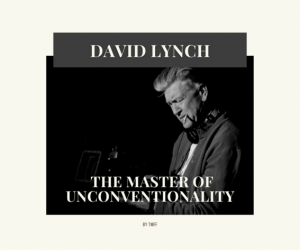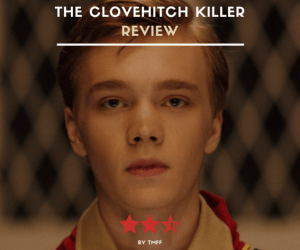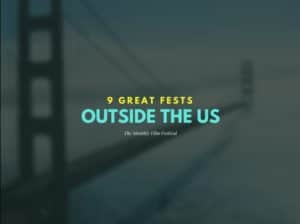Most of us go about our daily lives by using a combination of both sight and sound in order to perform all our activities. Yet, for some, or in specific situations, one or both of these senses may be restricted. Such a scenario makes for an interesting plot point or structure element in film making, if done right and implemented wisely.So, for this week, I’d like to compare two such films. For impaired vision, we’ll take the recent and popular Bird Box. As for sound, the obvious candidate would be Hush, but in order to have more common ground in terms of supernatural/SF elements, I’ll pick A Quiet Place.
Post-apocalyptic lens
While both films are ultimately set in a post-apocalyptic environment, they go about this in different ways. Almost like The Walking Dead, Bird Box starts off perfectly normal and then introduces a grain of mystery, which gradually expands and then rapidly escalates. It takes our hand and guides us through the journey, and at every point of the way, we know exactly as much as the main characters do. In contrast, A Quiet Place starts off with the world already in a dire place. As they’re rummaging for food in a deserted supermarket, it becomes clear that the characters know something that we don’t, and their behaviour initially doesn’t make sense. Until it does, that is. No big spoilers, so let’s stick with that for now.
No sight vs no sound
In Bird Box, most people will end up dead if they catch a glimpse of the creatures roaming around. The creatures will never attack directly, but they could always be somewhere close by. Consequently, people try to survive by blindfolding themselves while outdoors. In A Quiet Place, the lack of sight is passed on from the humans to the creatures. These monsters are blind and will walk one metre away from you without detecting your presence if you keep perfectly still and don’t make any noise. However, the smallest sound will attract their attention from far away. And the best thing about them is that they’re not stupid – they learn and adapt to behaviour. They may be fooled once or twice by distractions, but they quickly put one and two together and they figure out the purpose of the distractions.
What is especially interesting is how the humans in the two films adapt to their circumstances. In Bird Box, they rely on sounds as much as possible, and always try to guide themselves this way. Quite oppositely, in A Quiet Place, their natural propensity to make noise is deadly, and must be kept in check. Thus, they rely on visual cues to survive. While in the former film, a rope with bells attached on it is a useful guidance and communication tool, in the latter its place is taken by a garland of colourful electric lights.
Different types of scares
As a result, the two films can both be placed quite safely in the post-apocalyptic horror category, but their specific ways of getting under your skin couldn’t be more different. Bird Box doesn’t directly picture the threat, and thus lets viewers’ imagination run free – how do the creatures look like, how do they move, how many of them are they, what is that noise three metres away? It goes about creating a fear of the unknown, and cleverly using other cues in order to feed information that can potentially be interpreted in a variety of ways. Whereas, in the opposite direction, A Quiet Place almost always localizes its threats, thus relying on building suspense in order to ooze its slice of horror. It perhaps goes closer to the mainstream horror formula than Bird Box, despite perhaps ironically being more indie in its feel and presentation. While I would consider neither as masterpieces, I enjoyed both for what they are – different post-apocalyptic films that play with different human senses and achieve different results.
















